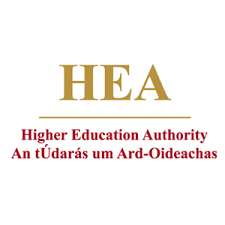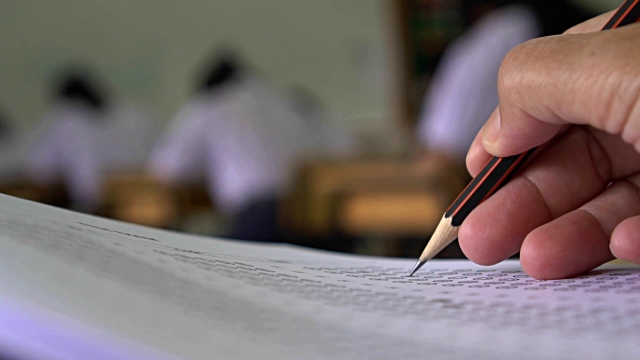
[dropcap]S[/dropcap]tudent enrolments to DCU rose by 25 per cent between 2013 and 2016, during the same time there have been cuts in both state funding and staff levels.
A demographic tsunami is sweeping through third level institutions between students and lecturers amidst ongoing uncertainty surrounding higher education’s funding model, according to the Higher Education Authority (HEA).
“Where the lack of funding is most clearly measured is the ratio of lecturers to students. The ratio has also been rising due to increased student levels and staff shortages and this creates many challenges for third level institutions. On current projections over the next decade, we’re anticipating a further 30 per cent increase in student numbers nationwide,” HEA’s Malcolm Byrne told The College View.
The Oireachtas Education Committee tasked to compile recommendations for a new higher education funding model is still considering the Cassells Report which was published last year.
The report found that Ireland’s higher education system’s weakening resources and a deteriorating student-to-lecturer ratio were distinct symptoms of the sector’s current state.
Byrne, HEA’s Head of Communications, does not feel that university standards are dropping as many institutions have adapted and found funding elsewhere.
“Many institutions such as DCU have made their operations as lean as they possibly can without directly impacting on student services.
“They have had to go and source more private funding in order to continue to do the work they’re doing,” he said.
DCU President Brian McCraith admits that “growing student numbers and class sizes put obvious pressure on existing resources and facilities.”
MacCraith told The College View that although funding is a significant issue for the third level sector, considered measures have been taken by DCU to deal with the dearth of public investment.
“DCU has taken significant steps in recent years to ‘future-proof’ the university and the facilities it offers to our students. Last year we announced a major Campus Development Plan.
“This was based primarily on a long-term, low-interest loan from the European Investment Bank and the Ireland Strategic Investment Fund,” he said.
Budget 2018 revealed a €47.5 million increase in funding for higher education. The Government will also make €310 million available by 2021 to address the infrastructural needs of the sector through increases in the National Training Fund levy, imposed on employers nationwide.
These plans were met by a lukewarm reception from higher education lobby groups such as the HEA as they fail to directly address the extent of the “crisis in higher education funding.”
Colin Gannon
Image Credit: HEA


